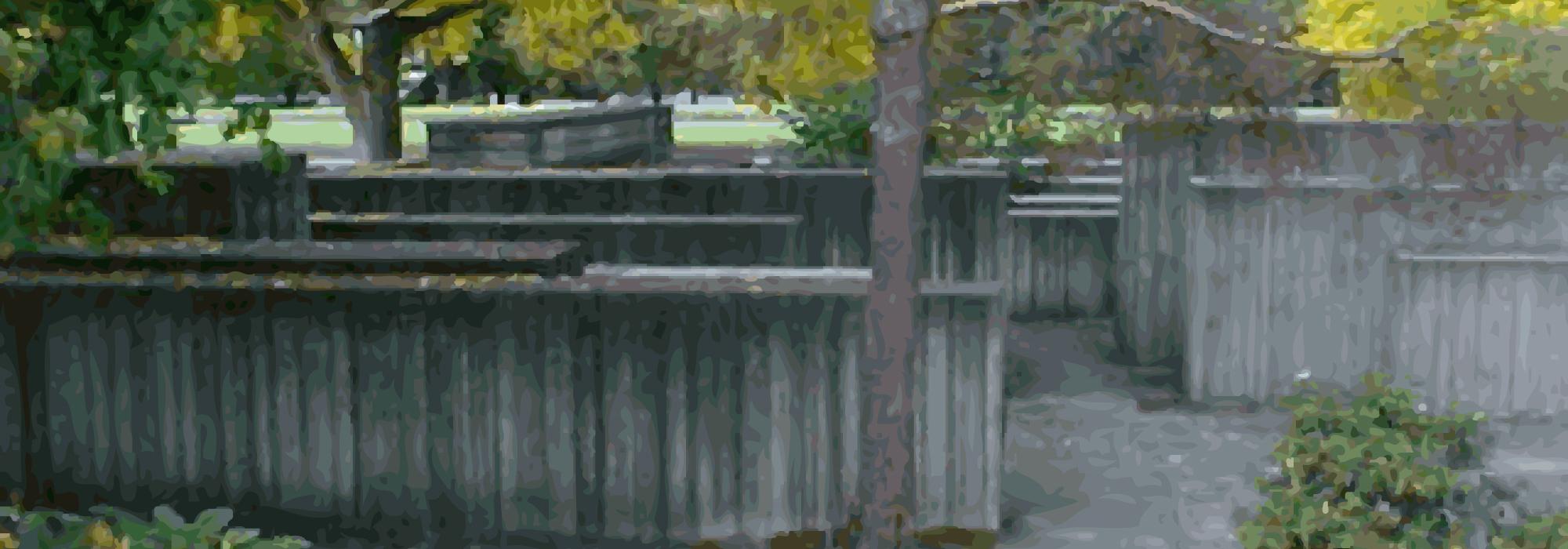It Takes One: Donovan Michael Gray
I am a native Northwesterner, born and raised in Seattle. From an early age I was involved in the arts as a practitioner, participant, and promoter. Through the years, that calling has included working with small and large communities throughout the West interested in developing cultural facilities, which brought me in contact with historic preservation.
Many efforts involved the rehabilitation of historic spaces for arts and humanities programs. With the turn of this century, I decided to focus my work more squarely in the historic preservation realm, and went to work for Federal Emergency Management Agency helping the Puget Sound region recover from the Nisqually Earthquake of February, 2001. That work led to employment with the Washington Office (now Department) of Archaeology and Historic Preservation (DAHP) providing historic guidance to the $120 million rehabilitation of our state capitol building as well as other earthquake repair projects in western Washington. Through that work I have now been assigned to work full-time with our state's Department of General Administration (GA), assisting with historic preservation of our state capitol campus.
How would you define a cultural landscape?
As simply as I can express it, a physical locale associated with or defined by significant human activity.
Why did you get involved in the landscape that was threatened in your community?
I live in the neighborhood and have been a longtime admirer of Lawrence and Anna Halprin (his fountains and landscapes, her dance and the influence of each on the other's work). I was concerned that a decision to demolish Lawrence Halprin's Water Garden was made without sufficient understanding of the value of the work, the significance of its creator, and the fact that our city has too few fountains to lose even one.
I was able to encourage GA's cultural resource manager, Marygrace Jennings, to commission an analysis of Water Garden, which I was then able to work on due to an inter-agency contract between GA and the State Office of Archaeology and Historic Preservation (where I work). I want to also acknowledge the excellent work of my co-author, Greg Bell, of 4Culture, King County 's cultural development agency, who wrote the artistic analysis portion of this report, on contract to the Washington State Arts Commission.
How did your understanding of this landscape change as a result of your advocacy efforts?
I learned more about the technical aspects of the fountain's construction, but most information about the fountain, Halprin and the location of the work I generally already knew. My opportunity to meet Mr. Halprin at his San Francisco office in the fall of 2004 and briefly discuss with him his design philosophy was the highlight of working on this project.
Did the understanding of others change as well? If so, how?
Yes. The GA project manager did a complete reversal based on greater understanding of WaterGarden and Halprin's career accomplishments (resulting from our report). He moved from supporting its removal to embracing its retention. It was apparent that several high-ranking state officials' appreciation of and understanding of the work's value also grew, though not explicitly stated by them.
What is the message that you would like to give our readers that may inspire them to make a difference?
Never give up, never say it's not possible. You never know until you try. If you don't ask, they can't say "No."







